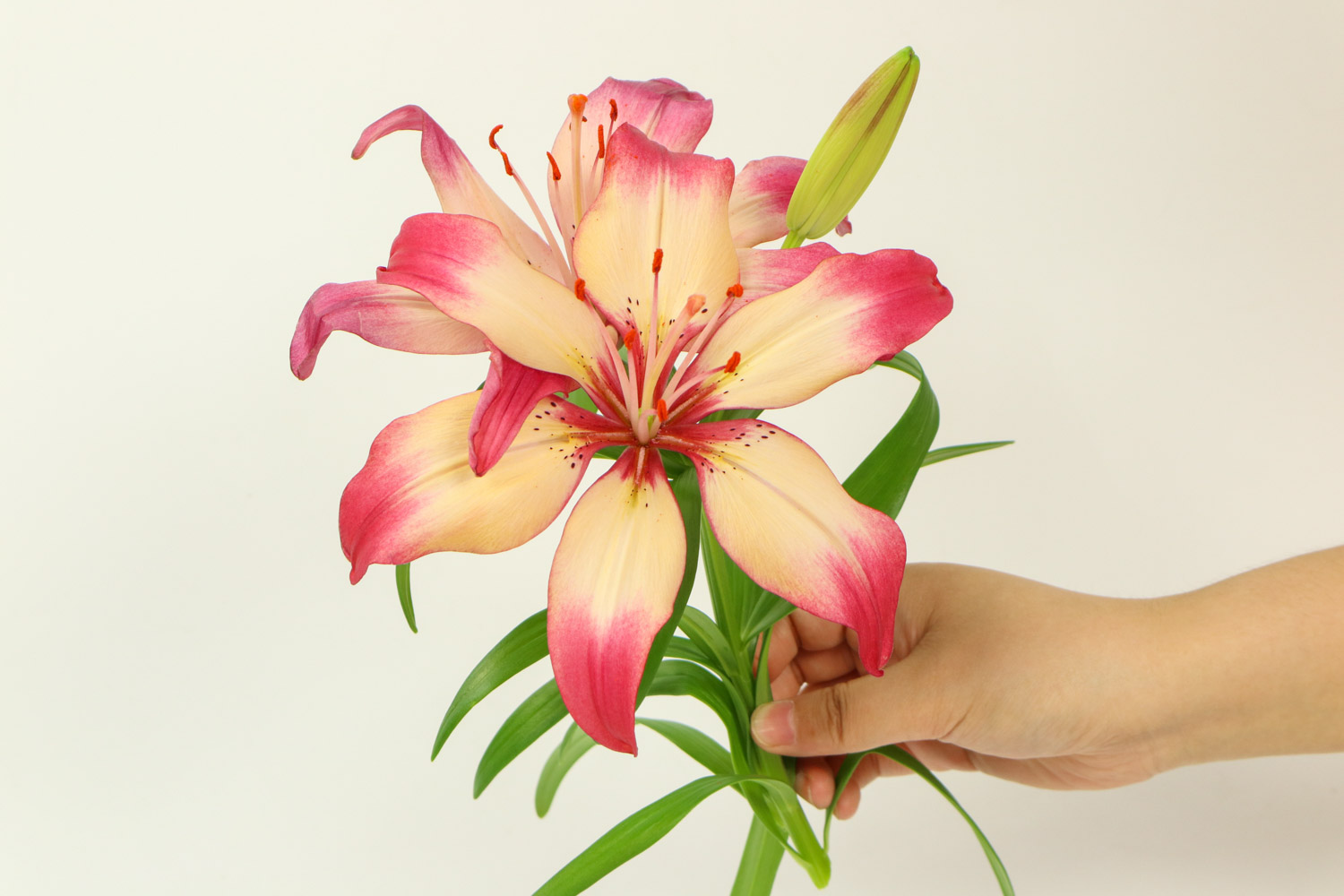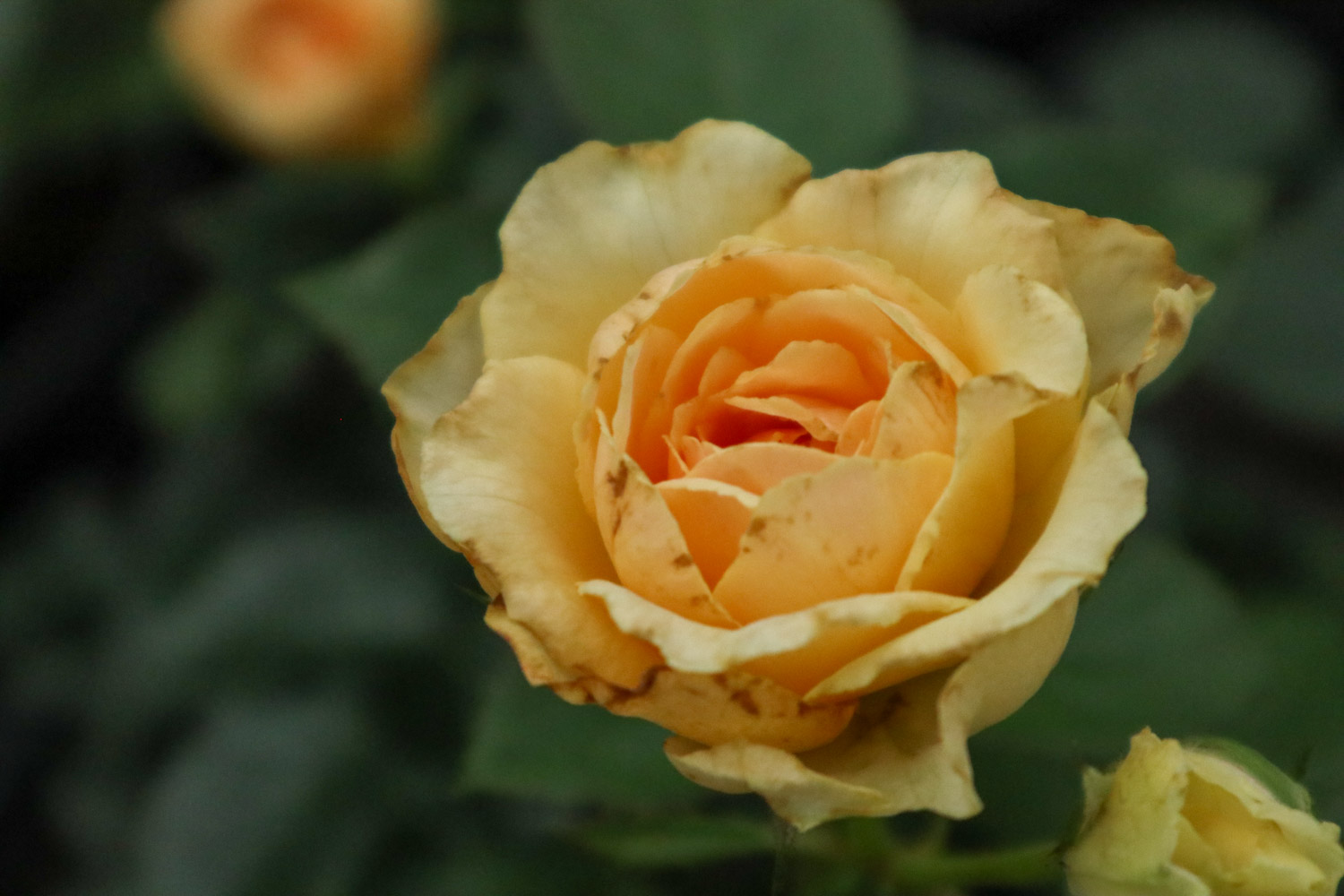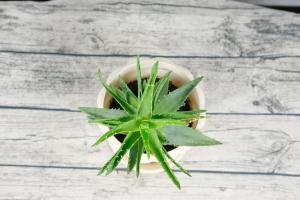1、 Climatic characteristics of Huaibei
Huaibei belongs to the warm temperate humid monsoon climate, which belongs to the monsoon climate between the northern continental climate and the humid climate. It has four distinct seasons, mild climate and sufficient sunshine. The spring and autumn seasons are relatively short, with an average precipitation of 160.7 mm. The weather is changeable, with southeast wind or east wind blowing mostly; Summer is hot and rainy, with concentrated precipitation, high intensity and sufficient sunshine; The climate in autumn is relatively cool, with fast cooling, large diurnal difference and more northeast wind; Winter is cold and dry, with less rain and snow, and northerly wind
2、 What flowers are suitable for growing in Huaibei
The climate in Huaibei area is relatively suitable, and most plants can grow here, such as plum blossom, rose, lily, cyclamen, Phalaenopsis, cyclamen, evening primrose, chamomile, Clivia, asparagus, peony, pansy, Petunia, lavender, gentian, jasmine, morning glory, Rhododendron, peony, iris, carnation, blue snowflake, Yu Meimei, beauty cherry, Phalaenopsis, February orchid, Malan Beautiful evening primrose, Persian chrysanthemum, marigold, Daisy, emerald chrysanthemum, water lily, peony, Phlox, evening jasmine, big rock Tung, Narcissus, Michelia, white orchid, jasmine, gardenia, Canna, mint, transfer bamboo, dripping Guanyin, etc. Note that Huaibei is cold in winter. For some flowers that are not resistant to the cold, they should be maintained in the form of potted plants. When the temperature drops, they should be moved indoors in time

3、 What are the city flowers and trees in Huaibei
The city flowers in Huaibei are plum blossoms and roses. Plum blossoms represent the spirit of fearing the severe cold. The vitality of rose flowers is tenacious and blooms in four seasons, symbolizing the spiritual outlook of Huaibei citizens who are not afraid of difficulties and forge ahead bravely. In addition, the city tree is ginkgo biloba and Sophora japonica, which were approved and adopted at the 16th meeting of the 11th Huaibei people's Congress on March 13, 1995


 jackfruit
jackfruit snake plant
snake plant hibiscus
hibiscus hydrangea
hydrangea lavender
lavender Green roses climb al...
Green roses climb al... If you don't pay att...
If you don't pay att... Management of four g...
Management of four g...
































